
17 Annapurna Base Camp Trek FAQs
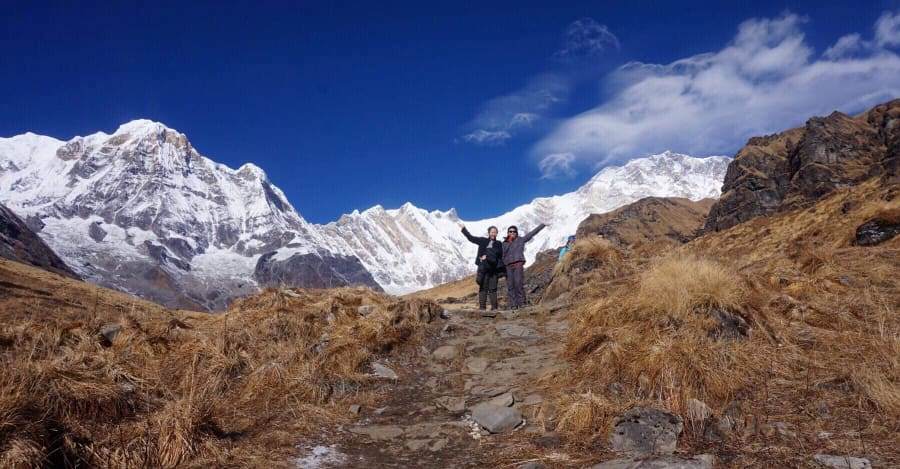
The Annapurna Base Camp Trek takes you through diverse landscapes, from terraced fields to rhododendron forests, offering breathtaking views of snow-capped mountains and glaciers. Starting from Pokhara, we pass picturesque villages inhabited by Magars, Gurungs, and Thakalis. Along the way, encounter waterfalls, suspension bridges adorned with prayer flags, and stunning sunrise and sunset vistas. The trail leads to Annapurna Base Camp, where you witness the magnificence of Annapurna I and Machhapuchhre Mountain. This region is rich in wildlife, bird species, and diverse flora. Annapurna Base Camp Trek is a captivating journey embraced by tranquil beauty.
Below we present you with 17 Annapurna Base Camp Trek FAQs to make your trek journey easier.
What is the elevation of Mt. Annapurna?
The elevation of Mt. Annapurna is 8,091 m and is the 10th highest mountain in the world.
Why is Annapurna Base Camp famous?
Annapurna Base Camp is famous for its breathtaking natural beauty, cultural richness, adventurous terrain, warm local hospitality, and snow-covered mountains making it an attractive destination.
Why is it called Annapurna?
Annapurna is named after the Hindu goddess of food and nourishment, reflecting its etymology and emphasizing its significance as a mountain range in the Himalayas.
Who was the first to climb Mt. Annapurna?
Maurice Herzog and Louis Lachenal were the first Frenchmen to successfully climb Mt. Annapurna on June 3, 1950.
Where is the Annapurna Base Camp located?
Annapurna Base Camp lies in the Gandaki Province in the vicinity of the Annapurna Conservation Area of Nepal at an altitude of 4,130 meters.
How long does the Annapurna Base Camp Trek take?
The Annapurna Base Camp trek typically takes 7 to 12 days, considering route variations and necessary acclimatization and rest days.
What is the best time to go on the Annapurna Base Camp Trek?
The best time for the Annapurna Base Camp trek is Spring (March to May) and Autumn (September to November), characterized by clear skies, pleasant temperatures, and optimal trekking conditions.
Do I need any permits for the Annapurna Base Camp Trek?
Yes, you need two permits for the trek: Annapurna Conservation Area Permit (ACAP) and Trekker's Information Management System (TIMS) card. These permits are accessible in Kathmandu or Pokhara.
Annapurna Conservation Area Permit (ACAP) Cost:
- NPR 3000/person (Foreigners)
- NPR 1000/person (SAARC)
Trekkers Information Management System (TIMS) Cost:
- NPR 2000/person (Foreigners)
- NPR 1000/person (SAARC)
- NPR 500/person (Diplomats/Foreign Officials & their families)
Is previous trekking experience necessary for the Annapurna Base Camp Trek?
Previous trekking experience is beneficial but not compulsory for the Annapurna Base Camp Trek. With proper preparation and a sound fitness level, beginners can complete the moderately challenging trail.
What is the difficulty level of the Annapurna Base Camp Trek?
The Annapurna Base Camp Trek is moderately difficult, including steep ascents and descents, rocky paths, and altitude variations.
What kind of accommodation can I expect during the trek?
During the Annapurna Base Camp Trek, teahouses and lodges offer basic facilities like beds, blankets, and meals, but facilities can vary, so carrying a sleeping bag is recommended.
What should I pack for the Annapurna Base Camp Trek?
Some essential items to pack include strong trekking boots, warm clothing layers, a waterproof jacket, a hat, gloves, sunglasses, a backpack, a water bottle, sunscreen, a first aid kit, water purifying kits, and trekking poles. A detailed packing list can be found in trekking guides or through tour operators.
Is it necessary to hire a guide or porter for the Annapurna Base Camp trek?
As per the new regulation by the Nepal Tourism Board, hiring a guide is mandatory for the Annapurna Base Camp trek, while hiring a porter remains optional. Having a guide enhances safety and provides valuable route and cultural insights, while a porter can assist with carrying heavy backpacks, reducing strain during the trek.
Are there any altitude-related risks during the Annapurna Base Camp Trek?
Altitude-related risks may arise during the Annapurna Base Camp Trek. To minimize the risk of altitude sickness, trekkers should take proper acclimatization, maintain a gradual pace, stay hydrated, and be mindful of their body's signals. Seeking medical advice and understanding symptoms and prevention measures beforehand is a good idea.
Is the Annapurna Base Camp trek easy than the Everest Base Camp trek?
The Annapurna Base Camp trek is less challenging and slightly easier compared to the Everest Base Camp trek. The altitude gain is comparatively lower, and the overall trekking duration is shorter for Annapurna Base Camp. Still, trekkers must be physically fit and in good health condition for the Annapurna Base Camp trek.
Can I do a solo Annapurna Base Camp Trek?
No, you can’t do the solo Annapurna Base Camp trek. Because of the implementation of new rules by the Tourism Board solo Annapurna Base Camp trek is not allowed.
What is the total budget for the Annapurna Base Camp Trek?
The Annapurna Base Camp Trek budget varies based on factors like trek duration, transportation, accommodation, meals, permits, and guide/porter hire. On average, it can range from $800 to $1500 per person.


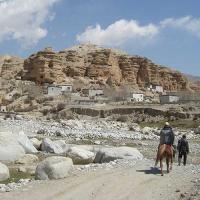
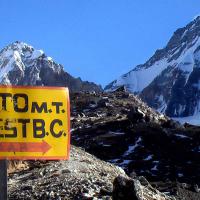
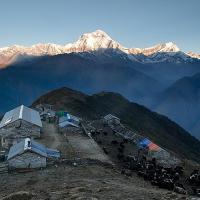
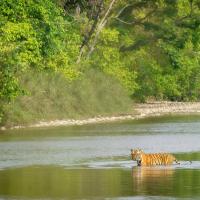
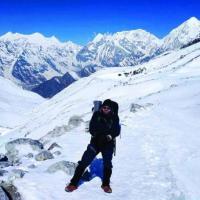
Post your comment